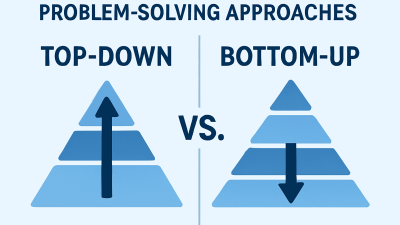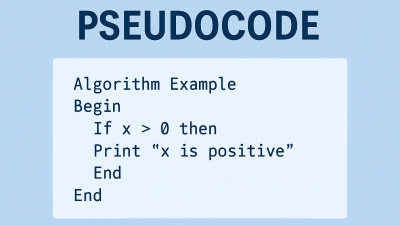Problem decomposition is a key strategy in software development and other disciplines that involves breaking down complex problems into smaller, more manageable components. This approach enhances understanding, troubleshooting, and solution development. For instance, when addressing a critical issue in an application, developers can isolate specific areas—such as user authentication or payment processing—enabling more targeted and efficient problem resolution.
Advantages of Problem Decomposition
Decomposing problems offers multiple benefits:
- Simplified Debugging: Isolating smaller components makes it easier to identify and resolve issues.
- Efficient Implementation: Building and testing individual parts separately reduces errors and improves team collaboration.
- Easier Maintenance: Updates or modifications can be applied to specific modules without affecting the entire system, minimizing downtime and enhancing stability.
Key Decomposition Techniques
Two primary methods for breaking down problems are the top-down approach and modularization:
- Top-Down Approach:
- Begins with a high-level overview and progressively divides the problem into finer details.
- Similar to outlining an essay—starting with a general concept and expanding into subtopics.
- Example: When developing an e-commerce site, the process can be broken into tasks like homepage design, product page development, and checkout system implementation.
- Modularization:
- Splits the problem into independent, self-contained modules, each handling a specific function.
- Enables separate development and refinement of each module, streamlining complex system management.
- Example: Authentication logic can be modularized so that multiple pages reuse the same functionality without redundancy.
Conclusion
By applying problem decomposition techniques like the top-down approach and modularization, complex challenges become more manageable. These methods provide clarity, reduce errors, foster collaboration, and improve the overall efficiency of developing and maintaining sophisticated systems.



